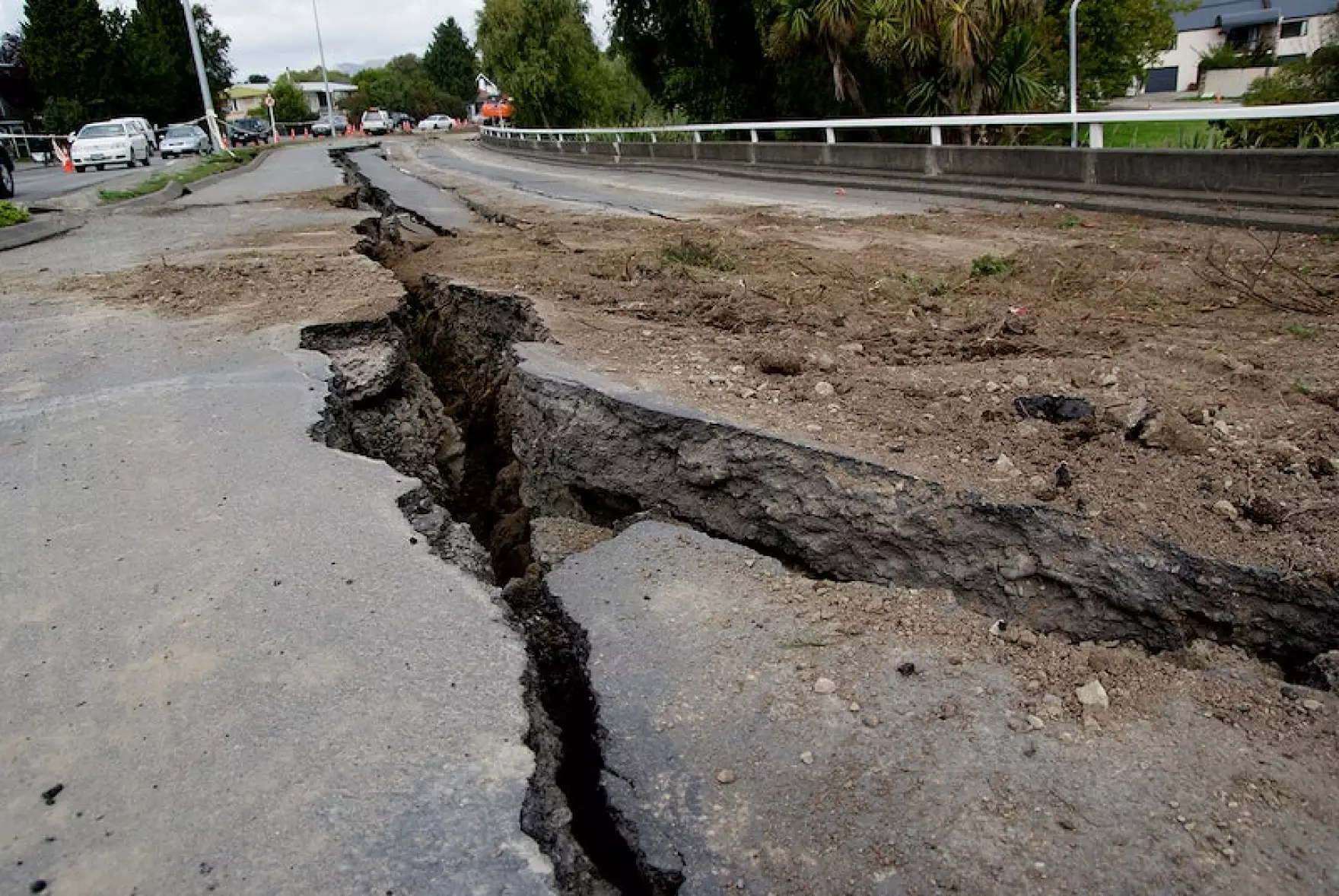Earthquakes in Turkey and Syria
a roa

A 40-second earthquake led to 44,000 dead. On Feb. 6, the first of many earthquakes occurred in southeast Turkey and northern Syria with a 7.8 magnitude. The following day, a second earthquake hit the same area with a magnitude of 7.5. A 5.5 magnitude earthquake took place in the middle of Turkey just 13 days later. And again, on Feb. 20, an earthquake struck on the border of Syria with a 6.4 magnitude. This was followed by several aftershocks. This is now known to be the worst earthquake to hit Turkey since Aug. 17, 1999- a quake that led to 17,000 deaths, including 1,000 in Istanbul alone. While over 44,000 have died, thousands are still missing, and 1.5 million people are in temporary shelters. One person out of the many unfortunately affected by the quake was 31-year-old Christian Atsu, a forward for European soccer team Newcastle who was found dead after being pronounced missing for 12 days.
Relief teams from all over the world immediately rushed to help with rescue efforts to search for survivors below the surface. Mixed emotions were thrown around in the immediate aftermath, as devastating and hopeful stories emerged after rescues from the first earthquake. In addition to news sites sharing the tragedy, the rest of social media was filled with videos showing collapsed buildings, bodies lying on the ground, anxious parents scurrying searching for their kids, and worried kids looking for their parents. The number of orphaned children found were innumerable. The affected cities almost imitated war zones, with ruins, debris, and bodies coating the streets. Shockingly enough, the death toll continues to rise as people are still being pulled from underneath fallen buildings.
Crisis is not new to Syria. People in the northwest already face struggles from years of conflict between their government, rebels, and ISIS. Millions of people in these affected areas are already displaced or homeless. The country faces total economic collapse and disease outbreaks and lacks a solid healthcare system, all while dealing with the conditions of a freezing winter.
The Turkish land is earthquake-prone as it lies at the intersection of three different tectonic plates: Anatolian, Arabian, and African. It’s said that Arabia is moving northwards into Europe, causing the Anatolian plate, which Turkey sits on, to be pushed out westwards. The movement builds up pressure on fault zones at their boundaries, and the sudden release of pressure ultimately causes earthquakes and ground shaking. Energy waves from the Feb. 6 earthquake were picked up by sensors all around the world, including places as far away as the United Kingdom. This earthquake released around 16,000 times more energy than the typical amount of an average earthquake. A satellite picture revealed a fissure, an opening in the ground, extending 300 km along the Earth’s crust.
Controversial Dutch earthquake scientist Frank Hoogerbeets predicted the first earthquake on Feb. 3, just three days before the strike, via YouTube. He also predicted the quakes from the 20th to the 22nd. He recently posted a thread on Twitter of his research detailing theories of more damaging earthquakes to come spreading to larger areas.
The effects of the Turkish-Syrian earthquake chain go far beyond the casualties and physical and economic destruction. The people as a whole, or the community, will never function the same as before, and nobody knows what’s to come.


